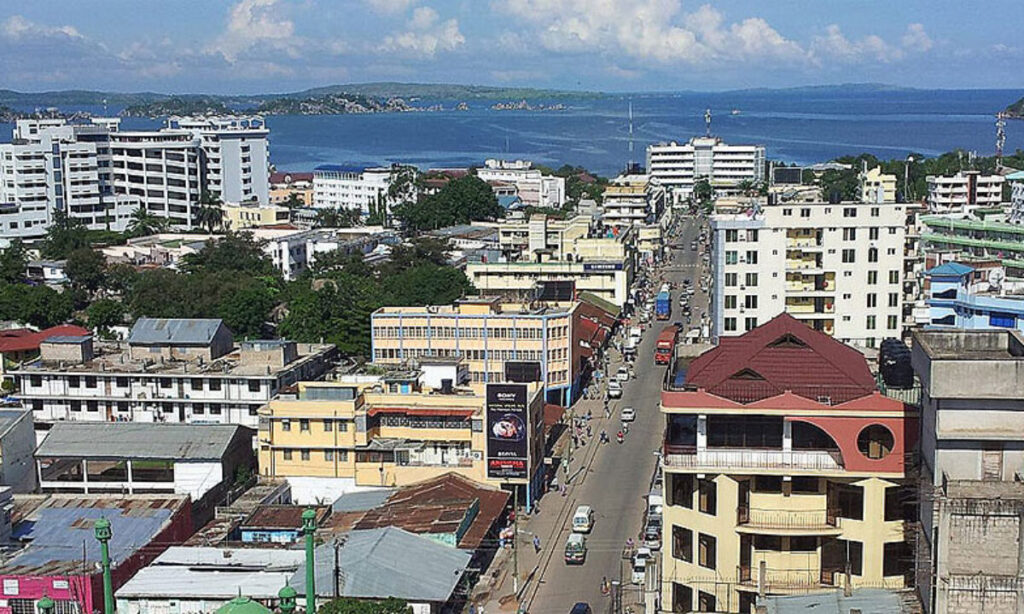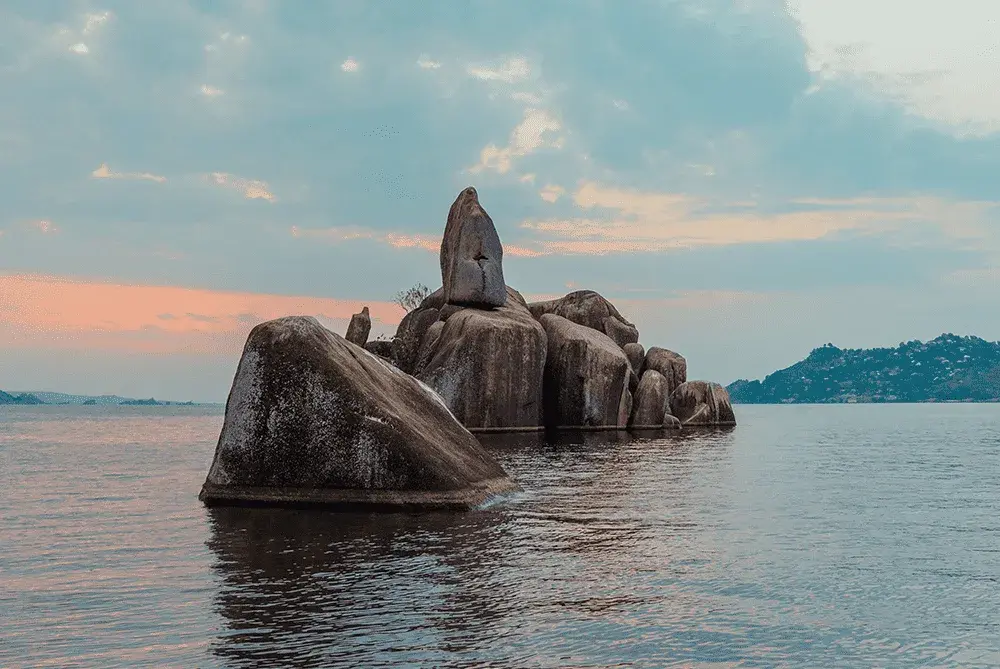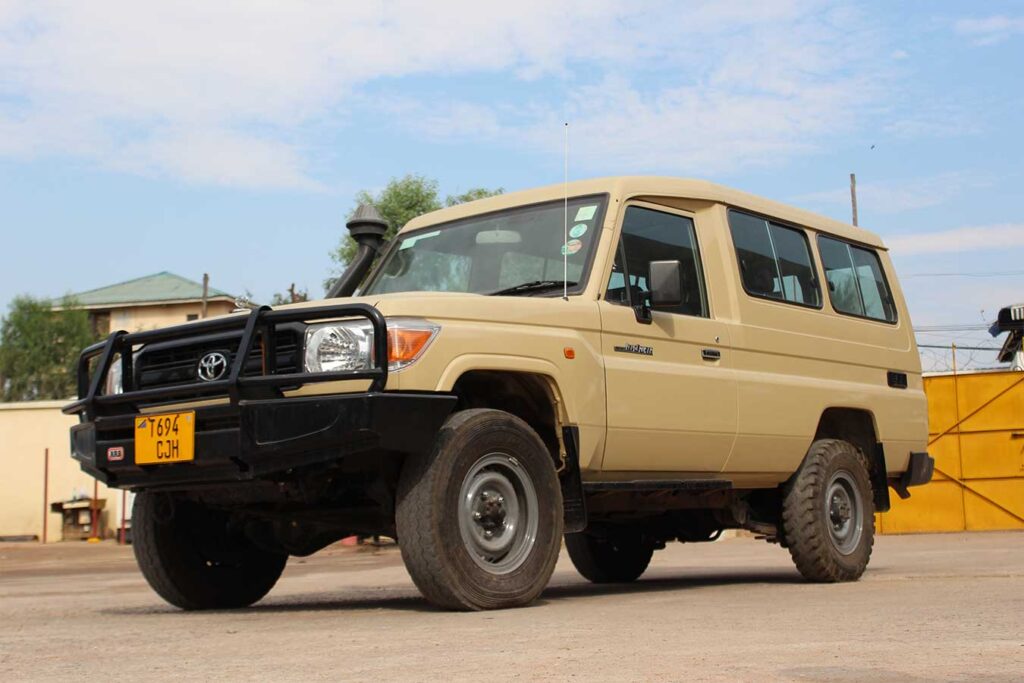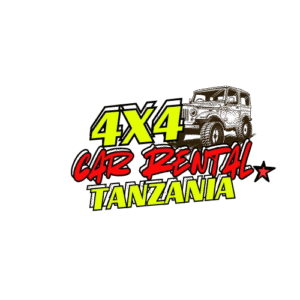Mwanza City: Rent 4×4 Car and Explore Mwanza
Mwanza City, commonly referred to as Rock City by residents, is a port city and the administrative center of the Mwanza Region, situated on the southern shore of Lake Victoria in northwestern Tanzania. Tanzania’s second-largest city, following Dar es Salaam. By population, it is the second largest city in the Lake Victoria basin, following Kampala, Uganda, and preceding Kisumu, Kenya. Mwanza ranks as the fifth largest city in East Africa, following Dar es Salaam, Nairobi, Mombasa, and Kampala. Regarding population within city limits, it somewhat surpasses Kigali, Kisumu, and Bujumbura. Kigali and Kisumu significantly surpass Mwanza in infrastructure development.

Mwanza City serves as the capital of the Mwanza Region, which is administratively divided into two municipal districts: Ilemela and Nyamagana. Mwanza, a prosperous port city on Lake Victoria, serves as an ideal hub for Tanzanian safaris to nearby Rubondo Island, the western Serengeti, and the Ngorongoro Crater. Mwanza hosts Saanane National Park, the smallest national park in Tanzania, situated in the city centre. The locale along the shores of Lake Victoria is breathtaking. This expansive freshwater lake offers natural beauty, sustenance, and essential activities.
Population in Mwanza
According to the 2012 national census, the Mwanza Region’s population was 2,772,509. From 2002 to 2012, the region’s average annual population growth rate of 3.0 percent ranked as the sixth highest in the nation. With a density of 293 individuals per square kilometre, it was also the sixth most densely populated area.
The Mwanza Culture
The Sukuma, Wakerewe, Wakara, and Wazinza are four tribes residing in the Mwanza region. Certain cities possess cultural legacy, exemplified by Makongoro Road in Mwanza, named after a distinguished Sukuma chief who governed the region in the late 1800s.
In addition to the four tribes in Mwanza, the Sukuma tribe is the most populous in Tanzania, inhabiting the Mwanza Region as well as the Shinyanga, Geita, and Simiyu districts, indicating that the Sukuma are widespread throughout Tanzania and likely constitute the largest tribe in the nation.
Mwanza Economy
The Furahisha Bridge in Mwanza represents the movement and safety of individuals. This has offered residents a secure refuge and stands as a notable symbol of Mwanza.
In 2011, the City Council announced that a significant commercial development would be constructed in the Ilemela District. The building of Rock City Mall was finalised in early 2016. This is Mwanza’s inaugural huge shopping mall and one of the largest in the country.
Mwanza City, situated on the southern shores of Lake Victoria, has emerged as the principal economic center in western Tanzania, attracting significant fish processing and mining industries. Fishing and mining constitute the primary sources of income for the inhabitants of Mwanza. It has 13 fish processing machines with a cumulative installed capacity of 1,065 tonnes of fish daily. In addition to mining and fishing, Mwanza’s economic development efforts include agricultural and livestock rearing.
Tourism in Mwanza / tourism Attractions in Mwanza
In addition to city tours in Tanzania, Mwanza, the country’s second largest and most picturesque city, offers exceptional attractions that will render visitors’ vacations memorable. Saanane Island National Park, Tanzania’s smallest park, is located on a rocky island in Lake Victoria, 500 metres from Mwanza’s Capri Point.
Saanane Island National Park.
Saanane Island, the smallest national park in Tanzania, has been officially designated as a national park since July 2013, covering an area of 2.18 square kilometres and comprising three islets along with a marine environment. The park is located 2 kilometres south-west of Mwanza’s city centre, along the shores of Lake Victoria’s Gulf.
The park established a record as the first national park globally situated within an urban area, in addition to being the smallest national park in Tanzania and East Africa. The park is inhabited by species such as Impala, Rock Hyrax, Velvet Monkeys, and Wild Cats. Crocodiles, monitor lizards, agama lizards, pancake tortoises, leopard tortoises, and snakes, especially pythons, are prevalent.
Saanane Island is accessible via a 5-minute boat journey from the mainland Park Offices. The Park Offices are situated around a 15-minute walk from the city centre. This exquisite island is ideal for animal observation, avian watching, rock hiking, boat excursions, strolling, picnicking, bush meals, photography, videography, meditation, and sport fishing. This city centre park accommodates unique events, including weddings, engagements, team-building activities, family gatherings, and birthdays.
Lake Victoria
Lake Victoria is the largest lake in Africa, encompassing a surface area of 68,800 square kilometres. It is the largest tropical lake globally and the second-largest freshwater lake. It is an essential attraction in Tanzania, especially in the city of Mwanza. Lake Victoria is essential to the residents of Mwanza and the national economy due to its provision of fish.
Ukerewe Island
Ukerewe, encompassing about 530 km², is the largest island in Lake Victoria and the largest inland island in Africa. Ukerewe Island is situated in the Ukerewe District, approximately 50 kilometres north of Mwanza, and the ferry journey takes 3 to 4 hours. Ukerewe Island’s coastline is shaped into numerous bays and is surrounded by more than a dozen smaller islands.
Ukerewe Island’s notable attractions are agricultural endeavours, including maize, sweet potatoes, millet, cassava, and rice cultivation, with fishing, which predominates as the primary activity.
Anticipate witnessing a range of tourism activities on Ukerewe Island, including the Ruby Forest, the largest forest in the district. It is a tranquil locale with an exquisite environment. The forest’s boundaries encompass a fishing area and a natural beach on Lake Victoria.
Rutale Hill, situated on Ukerewe Island in the Mwanza area, is an additional tourist destination. To elevate your Mwanza experience, ascend Rutale Hill, which offers a wonderful vista of Ukerewe.

Sukuma Museum
The Sukuma Museum, situated in Bujora, just east of Mwanza near Kisesa, is highly recommended for individuals interested in the history and culture of Mwanza. This provides a summary of the Sukuma tribe’s history, architecture, culture, and language, which is the origin of the bulk of the indigenous population.
How to get to Mwanza
Mwanza may be accessed through various forms of transportation, including air, water, rail, and road. You must determine the most suitable form of transportation and identify an optimal route to this charming second city in Tanzania.
Air Transport
Mwanza Airport, categorized as a regional airport, accommodates Air Mwanza. Air Tanzania and Precision Air operate flights from Moshi (Kilimanjaro International Airport) to Mwanza. Conversely, Precision Air conducts daily flights to Mwanza, including from Nairobi (via Kilimanjaro). Mwanza is accessible by air from several locations inside Tanzania, as multiple airlines operate flights to the city.
Railway Transport
Shinyanga, situated on a segment of Tanzania’s Central Railway, is linked to the city via train. Mwanza city is accessible by train from Dar es Salaam, passing through Dodoma, Tabora, and Kigoma. Trains in Dar es Salaam are often completely booked 2-3 weeks in advance. Nevertheless, do not anticipate a leisurely train journey, as the speed is typically below average.
Via road transportation
Nyegezi bus station, the principal and largest bus terminal in the Mwanza region, is situated in the Nyamagana district. Opulent buses to Mwanza are accessible from every district of Tanzania. Buses depart from Nyegezi bus station to the southern and western regions of Tanzania.
The Buzuruga bus station is situated in the Ilemela district. Buses leave from Buzuruga bus station heading east, north, and towards the Kenyan border.
Buses operate daily to and from Dar es Salaam. Numerous transportation companies, like Green Star, Princess Muro, Allyz Star, and others, are recognised as the most reliable and superior choices. The journey from Dar es Salaam, the northern cultural and commercial capital, to Mwanza requires approximately thirteen hours. Daily buses operate from Mwanza to Bujumbura (Burundi), Kigali (Rwanda), Nairobi (Kenya), and Kampala (Uganda).
Via maritime transportation
To reach the destination from Uganda, board a bus from Kampala to Bukoba (Tanzania), and subsequently take either the ferry or the bus from Bukoba on Monday, Wednesday, or Friday evenings, with many departures daily around 6-7 AM.
Travelling to Mwanza
Daladalas, the public transport buses, provide a convenient and economical mode of travel between the city and its surroundings. They are occupied, leisurely, and exhilarating at times, yet only require 300 Tsh for a trip.
Rent 4×4 Car from 4×4 Car Rental Tanzania And travel to Mwanza, explore top attractions located in different parks of Mwanza at your free time.

Taxis are accessible, albeit they lack the official designations found in the capital. This is utilised at your own peril.
Pikipikis are motorcycles designed to carry one or two passengers. In comparison to Daladala, a few are consistently present at the junction. They are not inexpensive, but they are expedient. Utilise it at your own risk, once more.
Accommodation options in Mwanza
Mwanza, the second-largest city in Tanzania, provides a range of distinctive accommodation choices for your evening enjoyment. Accommodations are available in deluxe, mid-range, and standard categories. The subsequent establishments are some of the most spectacular lodges and hotels available for accommodation when visiting this remarkable city.
